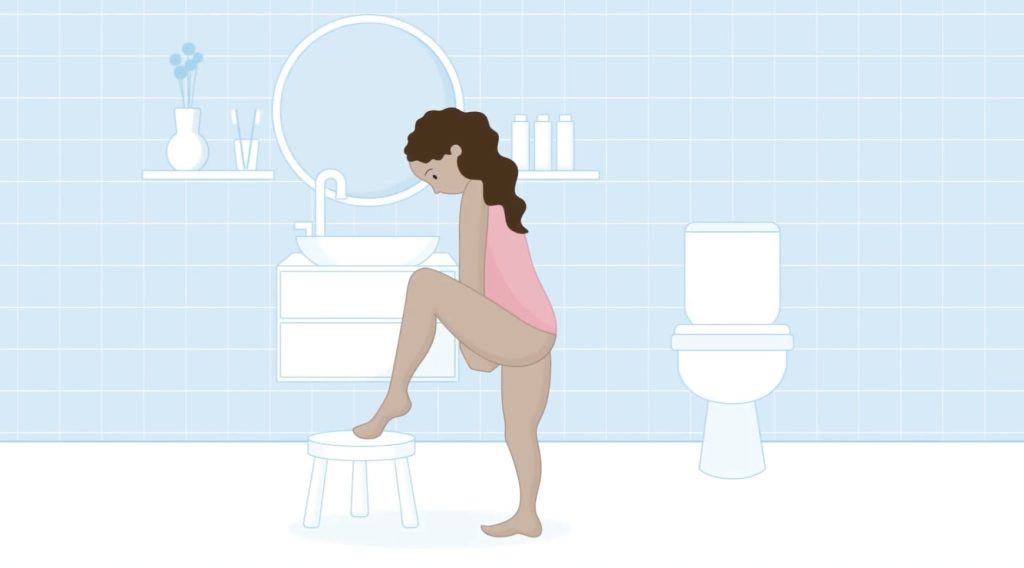Trialling a new approach to cervical screening for YouScreen

Cervical screening is an intimate procedure and a variety of barriers can stop people from attending, even though it can be a life-saving test. People can be embarrassed or worried about pain, may have a history of abuse or trauma or have other physical or personal reasons for not getting screened. Sometimes people can just struggle to make the time in their busy schedule to get to an appointment.
This is where HPV self-sampling could make a big difference. In 2019, Claremont was asked to name and create the visual identity for a UK-first trial of HPV self-sampling in London, and to develop a communications strategy to support recruitment to the trial.
The YouScreen trial was born from this work, and we supported King’s College London and the Cancer Alliances in North Central and North East London Cancer Alliance to successfully recruit 31,000 women and people with a cervix to take part between 2019-22.

We undertook qualitative research and did a COM-B behavioural diagnosis to inform the brand development and messaging for the campaign and tested a range of creative approaches. We optimised the creative development using the EAST framework – for example highlighting the ease of using the test.
We knew that a potential barrier to uptake was concern about doing the test right, so we produced a reassuring explainer animation (voiced by Magic FM DJ Emma B) which broke everything down into really simple steps.
We developed a range of other creative assets and stakeholder communications materials, before undertaking a community and stakeholder engagement campaign to ensure the campaign reached our intended audience.
The trial has since published its findings and found that HPV self-sampling could enable over 1 million women to get screened over three years, if it became available across the NHS.
As researchers, we’d never worked with a branding team before and we were a bit sceptical. But Claremont was brilliant. We know the name “YouScreen” has been popular and we had lots of positive comments from patients and nurses alike on how clear and useful the video was.
– Professor Peter Sasieni, one of the lead investigators behind the trial